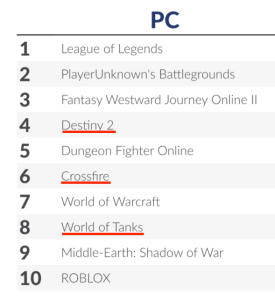Digital Graphics can be of these styles:
-Photo-Realistic
Attempts to imitate real-life follows realistic proportions, lighting and physics rules. (E.G: Call of Duty, Mass Effect, Assassins Creed)

-Cell-Shaded
Imitates old-school animation shading and style. Shadows are not graduated, but rather blocky. (E.G. Zelda Wind Waker, Borderlands, Pokémon Sun/Moon)

-Exaggerated
Cartoon in appearance, unrealistic proportions with exaggerated features. This style is best suited for younger audiences. (E.G. Crash Bandicoot, Lego Dimensions, Mario)

There are two types of graphics:
Raster

Raster graphics are best used for non-line art images; specifically photographs, scanned artwork or detailed graphics. However, because raster images are pixel-based, they suffer image degradation. Just like photographic images that get blurry and imprecise when scaled up, a raster image gets jagged and rough (when you look close enough, you can begin to see the individual pixels that comprise the image).
The raster format is resolution-specific — meaning that raster images are defined and displayed at one specific resolution. Resolution in raster graphics is measured in dpi, or dots per inch. The higher the dpi, the better the resolution. Better resolution, however, comes at a price. Just as raster files are significantly larger than comparable vector files, high resolution raster files are significantly larger than low resolution raster files. Overall, as compared to vector graphics, raster graphics are less economical, slower to display and print, less versatile and more unwieldy to work with.
Common raster formats include TIFF, JPEG, GIF, PCX and BMP files.
Vector

Unlike pixel-based raster images, vector graphics are based on mathematical formulas that define geometric primitives such as polygons, lines, curves, circles and rectangles. Because vector graphics are composed of true geometric primitives, they are best used to represent more structured images, like line art graphics with flat, uniform colors, for example logos, letterhead, UI elements, sprites and fonts.
Vector-based graphics are more versatile and easy to use than raster images. The most obvious advantage of vector images over raster graphics is that vector images are quickly and perfectly scalable. There is no upper or lower limit for sizing vector images. Furthermore, unlike raster graphics, vector images are not resolution-dependent. Common vector formats include AI, EPS, CGM, WMF and PICT (Mac).

As you can clearly see, raster graphics are made from pixels; a single point in a graphic image. A pixel is a minute area of illumination on a display screen, one of many from which an image is composed.
![]()
Saving Digital Graphics
Images can be of different File Types:
 PNG
PNG
PNG is a lossless compression type. It is often used where the graphic might be changed by another person or where the image contains layers of graphics that need to be kept separate from each other. It is high quality.
JPEG
JPEG is often used for digital camera images because it has a fairly small file size for the quality that it displays. JPEG is a lossy format that offers a higher compression rate than PNG in the trade-off for quality.
GIF
GIF compresses images to a maximum 8-bit colour depth, making it unsuitable for high-quality photographs. GIF is often used where transparency is needed on the graphic. GIF can also be used to store simple animated images.
In a professional environment, when saving images for games development we would save them in two formats: a source image, and an output image.
The source image would be stored as a very large lossless image (e.g. PNG or TIFF), and a much smaller lossy compressed output image is saved for the final game. If we need to increase the resolution of textures (for example doing a HD remastered game) we simply load up the source image again and re-save a different output image.
When saving an image, we use compression to reduce its overall file size.
Compression can be Lossy or Lossless.
Lossy compression removes data that it deems unnecessary.
Lossless compression means that as the file size is compressed, the picture quality remains the same.


Digital image capturing is the process of creating a digital image file directly using a camera, scanner or by using a drawing tablet in a media creation software.
Optimisation
As game developers we have to optimise as much as possible to get file sizes down to be as small as possible whilst keeping quality. We therefore can use various things to help us optimise, including compression.
Bit Depth
Bit depth refers to the amount of bits (or data) is used in an image. A single bit is either 0 (off) or 1 (on). A 1 bit/channel means that there is 1 bit each for Red, Green, and Blue. And through various combinations can create 8 different colours.

Storage of image assets
Storage of image assets is a very useful way to store things like textures, graphics and text styles so that others can easily access them. This is very useful within the games industry as most companies have numerous teams who all need to access the same assets. Being able to transfer files between colleagues really speeds up production as you don’t need to wait around for the files to transfer.
File sizes are often an issue when storing images. The size of a file can be an issue if it is too big.
Image file formats are the normal way to store digital graphics and images. They are made of either pixels or vector data, and even the mixture of both. The image file size is shown by the number of bytes. The greater number of bytes, the bigger the file is. Having a smaller file size means it’s easier and quicker to store or transfer data, images and graphics between computers, programs and hard drives.
One of the main reason why Storage of image assets is important is to produce quick transfers between files.
One of the main rules you follow for good storage of assets is to the “Power of Two”. The “Power of Two” rule is a fundamental necessity due to the way game engines work.
In essence, “Power of Two” is a form of data ‘optimisation’, a necessity so images are as efficient and ‘light’ as possible, whilst simultaneously providing an appropriate visual experience.
For instance having a texture that is 128×128 pixels large will mean that the file is small, which allows it to be transferred quicker and stored easier. This allows textures like this to be used on online games so they can run smooth and fast without any problems.
Having a bigger Image for example, 1024 x 1024 will allow the quality to increase, giving a cleaner and sharper image, but by doing this, the amount of storage this file will need will increase, thus prolonging loading times.

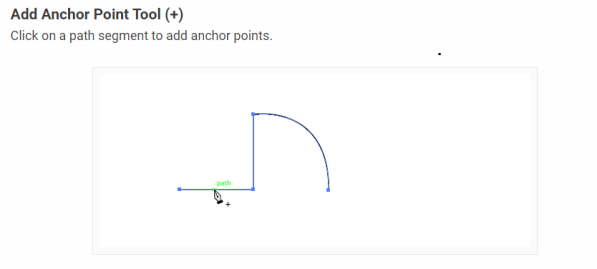


 To create the player icon I started off by creating a new 64×64 pixel canvas. then I dragged out a symmetrical circle (pressing shift whilst dragging to lock the proportions). To add the pointed side, I selected the side anchor with the “direct selection tool”, dragged it outwards and converted that same anchor to curve-less point. I then changed the fill and stroke of the icon to gradients, adding finishing touches to the graphic.
To create the player icon I started off by creating a new 64×64 pixel canvas. then I dragged out a symmetrical circle (pressing shift whilst dragging to lock the proportions). To add the pointed side, I selected the side anchor with the “direct selection tool”, dragged it outwards and converted that same anchor to curve-less point. I then changed the fill and stroke of the icon to gradients, adding finishing touches to the graphic.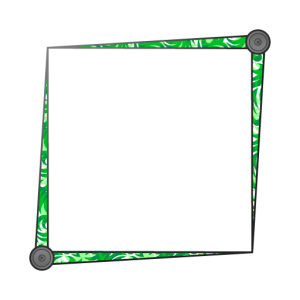




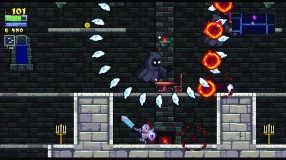

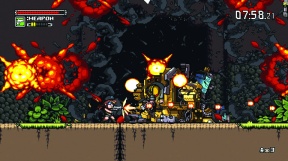





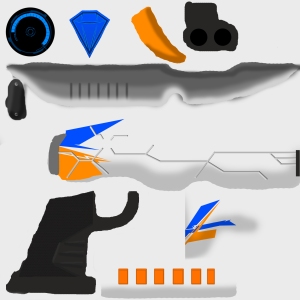

 When animating I looked at a couple of guns from the game Overwatch for reference to the firing speed and recoil speed / amount. This made it easier to keyframe. The rest of the process was adding keyframes to the timeline (by pressing “s”) and moving them along by trial and error, getting the whole animation to play out smoothly.
When animating I looked at a couple of guns from the game Overwatch for reference to the firing speed and recoil speed / amount. This made it easier to keyframe. The rest of the process was adding keyframes to the timeline (by pressing “s”) and moving them along by trial and error, getting the whole animation to play out smoothly.



 After re-positioning the gun in the viewport to a desired look, this was the final result.
After re-positioning the gun in the viewport to a desired look, this was the final result.

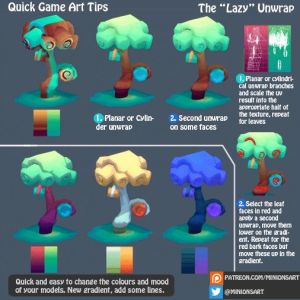
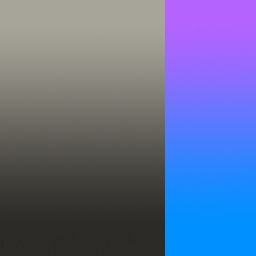




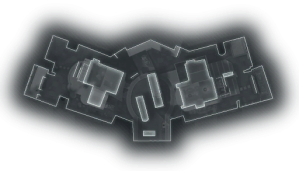
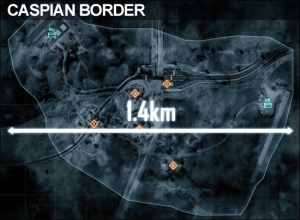

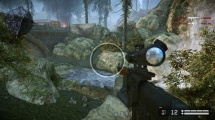
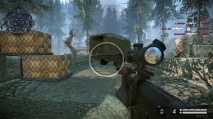

 In this example, the focal point is the bridge in the middle of the map
In this example, the focal point is the bridge in the middle of the map





 I came up with 3 different ideas:
I came up with 3 different ideas:

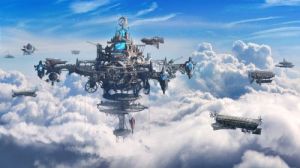


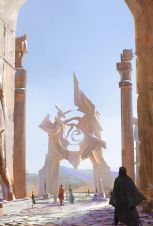







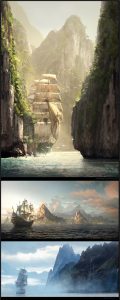
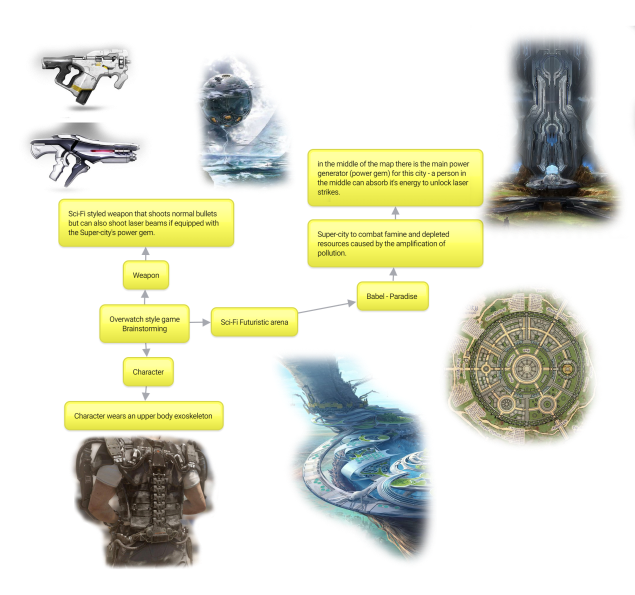


 From the research I made I can see that PC, Smartphones and PS4 are the main platforms used to develop games for in 2017. Although VR and Xbox are really close, I would plan on releasing my game for PC or Mobile.
From the research I made I can see that PC, Smartphones and PS4 are the main platforms used to develop games for in 2017. Although VR and Xbox are really close, I would plan on releasing my game for PC or Mobile. This list shows the top grossing games for PC in 2017 (three of which are FPS)
This list shows the top grossing games for PC in 2017 (three of which are FPS) 